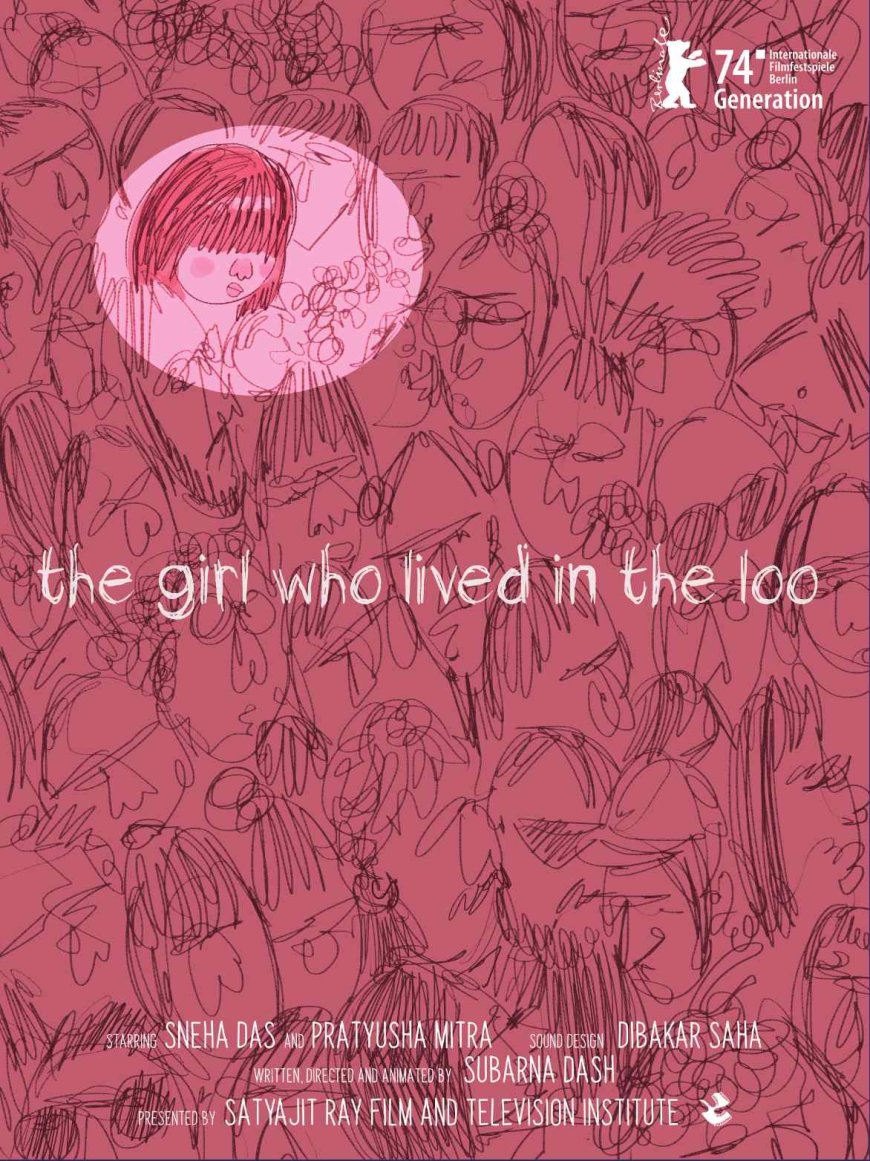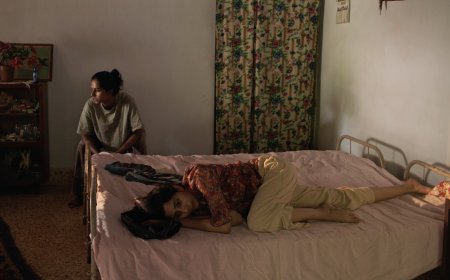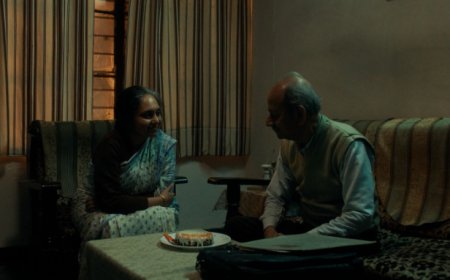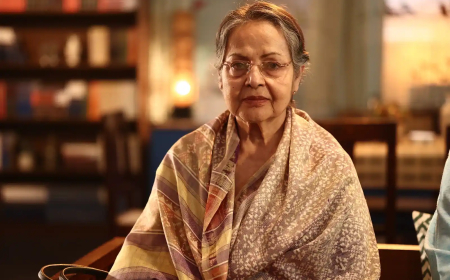The Girl Who Lived in the Loo (2024): A Vivid Coming-of-Age Tale
Dipankar Sarkar provides a comprehensive review on the Subarna Dash's animated short film, "The Girl Who Lived in the Loo"

The impermeable tension between stability and volatility, between the illusory notions around the home and the risky lure of an isolated existence, lies at the heart of Subarna Dash's animated short film, The Girl Who Lived in the Loo. On its surface, it is the tale of a girl's unusual fixation on the bathroom. But as the layers are peeled, we explore the psychological impact of confinement on her sense of isolation and inability to connect with others. The narrative structure is divided into four chapters. Each of them expresses the character's thought process and signifies her growth. Sharp, contemplative dialogues and a touch of quirky humour pepper the sharp and accessible style of the filmmaker.
The film begins with the protagonist, a child, reading a passage to an auditorium full of people. She suffers from stage fright and her confidence crumbles. She could not finish her recital and became an object of ridicule among the audience. So, from the beginning, the film probes into the reason for the protagonist's isolation. The fortified space of the bathroom becomes a secure zone where she does not have to connect much with the outside world. The protagonist's chaotic existence also indicates some people's discomfort while connecting with the human world. As she enters adulthood, it becomes an exclusive space connected to her identity.
During her childhood, she developed a fondness for eating ice cream sandwiches. Though the cold content hurt her teeth, she considered the pleasure of eating akin to a warm hug. Symbolically, it reflects her emotional state of accepting the painful feeling of disconnect. Further, she nursed the idea of having a house where every room is like a bathroom. But when she pitched the idea to her family, she was called an idiot. Her relatives fat-shame her and criticize her habit of eating junk food. As she enters her teenage years, her dislike for lizards heightens. She addresses the problem with her elder sister, who offers her alcohol for pacification. Family is such an important component of our growing-up years. But for the protagonist, it has failed to provide a support system. Thus, her anxiety stems from the aloofness she receives from people around her. As she grows into a young lady, her ability to connect with others shrinks further. Now, the bathroom has become her close, trusted refuge. Narrating the story from the protagonist's viewpoint helps us empathize with her troubled, often defensive, psyche and align more closely with her plight.
The sound design by Dibakar Saha carefully constructs the inner feelings of the protagonist by imaginatively using ambient sound to build the mood of each scene. Dash is sympathetic to the complicated inner lives of her young protagonist, and she uses the colours pink and beige to highlight the various stages of emotional upheaval.
The Girl Who Lived in the Loo is a complex film that goes beyond the obvious in its examination of what it means to be normal. It does not let us escape from the uglier and messier aspects of our lives. It was selected in the Generation 14plus section of the Berlin Film Festival 2024.
What's Your Reaction?



































































